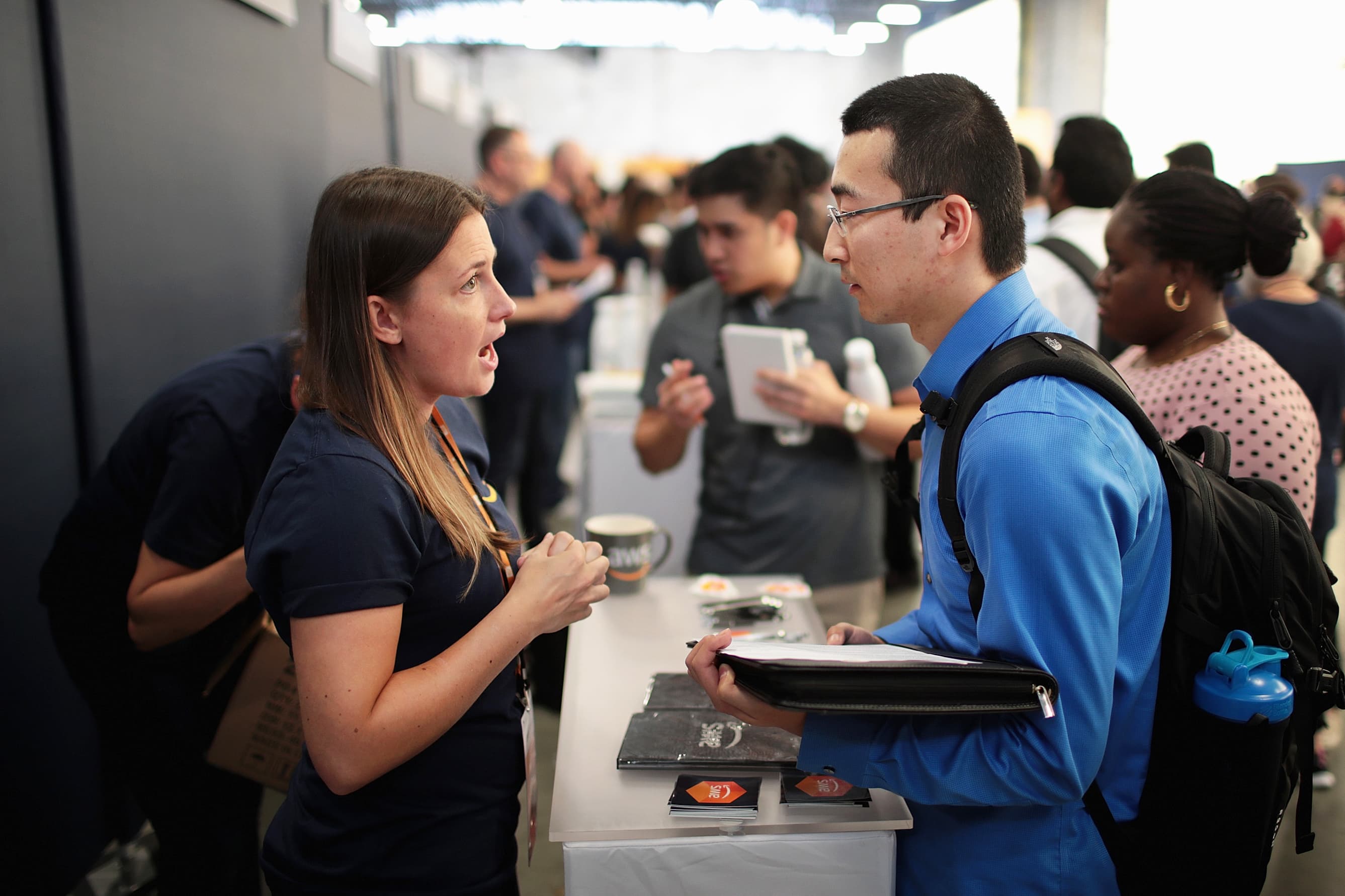The number of Americans filing applications for unemployment benefits rose marginally last week, suggesting the labor market remains strong even as employers are becoming more cautious about hiring workers.
Initial claims for state unemployment benefits increased 4,000 to a seasonally adjusted 219,000 for the week ended Sept. 28, the Labor Department said on Thursday. Data for the prior week was revised to show 2,000 more applications received than previously reported.
Economists polled by Reuters had forecast claims would increase to 215,000 in the latest week. The Labor Department said no states were estimated last week.
Some of the increase in claims could be the result of an ongoing strike by workers at General Motors. While striking workers are not eligible for unemployment benefits, the work stoppage has affected production, impacting non-striking employees at suppliers.
Though layoffs remain low, there are signs a 15-month trade war between the United States and China, which has weighed on business confidence and pushed manufacturing into recession, is making companies hesitant to hire workers.
An Institute for Supply Management survey on Tuesday showed a measure of manufacturing employment dropped to more than a 3-1/2-year low in September. That was followed by a report on Wednesday showing private employers added only 135,000 jobs to their payrolls last month.
The reports bolstered expectations that the government's closely watched employment report on Friday would show another month of moderate job growth in September.
According to a Reuters survey of economists, nonfarm payrolls probably increased by 145,000 jobs in September after rising by 130,000 in August. Job gains have averaged 158,000 per month this year, still above the roughly 100,000 needed each month to keep up with growth in the working-age population.
The unemployment rate is forecast to be unchanged at 3.7% for a fourth straight month in September. Economists say it is unclear whether the loss of momentum in hiring is due to ebbing demand for labor or a shortage of qualified workers.
Slowing job growth could curb consumer spending, which has been the economy's main growth engine.
The four-week moving average of initial claims, considered a better measure of labor market trends as it irons out week-to-week volatility, was unchanged at 212,500 last week.
The number of people receiving benefits after an initial week of aid fell 5,000 to 1.65 million for the week ended Sept. 21. The four-week moving average of the so-called continuing claims declined 5,750 to 1.66 million.


